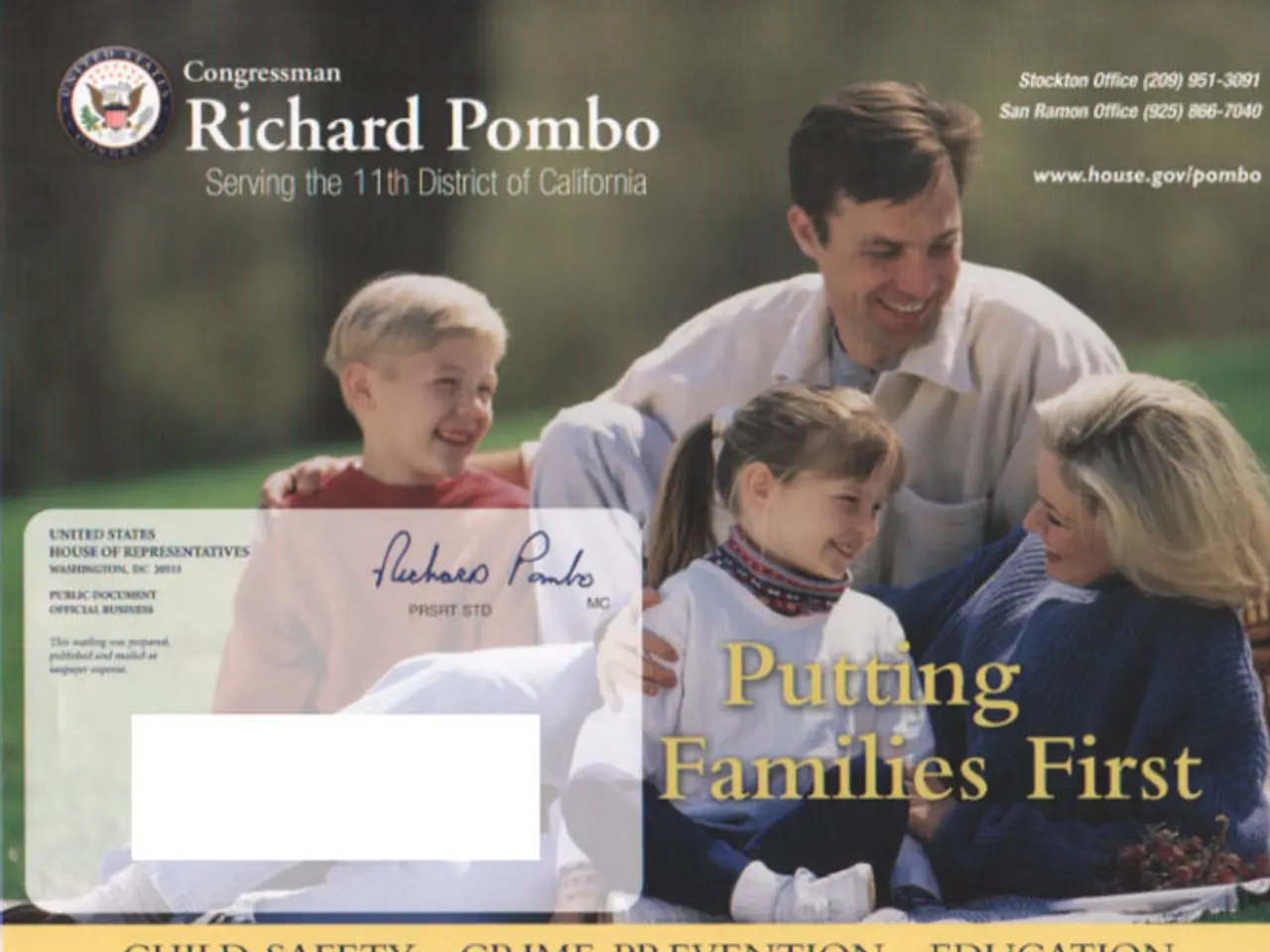Developing a Flowchart for Recruitment in 5 Easy Steps
The recruitment process is a crucial strategy that businesses employ to find and hire the best candidates for company roles. In this article, we'll guide you through the key steps to create an effective recruitment process flowchart that aligns all stakeholders, optimizes candidate experience, and supports better hiring decisions.
Identify Hiring Needs
Define the position requirements, ideal candidate profile, and whether it’s a replacement or new role. This shapes the entire process and job description.
Prepare a Detailed Job Description
Clearly outline duties, responsibilities, and skills required to guide candidate sourcing and assessment.
Map the Entire Existing Hiring Workflow
Document every stage, including who is involved, tools used, and data flow. Note bottlenecks like manual tasks, candidate drop-off points, and communication delays.
Incorporate Key Recruitment Stages in the Flowchart
Typically including:
- Job vacancy identification
- Candidate sourcing and application
- Candidate screening (resume and cultural fit evaluation)
- Interview(s) (structured and consistent stages)
- Job offer and candidate onboarding
Choose a Suitable Flowchart Format
- Linear for simple processes
- Decision-based for role/urgency differences
- Swimlane for multi-department coordination
Include Applicant Tracking and Status Monitoring Tools
Within the workflow to efficiently manage candidate progress and avoid losing track of talent.
Visually Map and Analyze the Process
To expose redundancies, decision points, and awkward handoffs that negatively impact hiring speed and quality.
Customize and Continuously Improve the Flowchart
To reflect company culture, hiring needs, and data-driven insights from workflow analysis.
By following these steps, you can build a clear, adaptable, and efficient recruitment process flowchart that aligns all stakeholders, optimizes candidate experience, and supports better hiring decisions.
The Recruitment Process Stages
- Planning and Preparing: In this stage, the requirements for the job position are determined and the job descriptions and specifications are understood thoroughly.
- Advertising and Attracting Applicants: Job openings are marketed through various channels such as company websites, online job boards, local newspapers, LinkedIn, text recruiting software, global recruiting firms, or existing contact lists.
- Screening and Selecting Candidates: Resumes are assessed based on education level, employment experience, and references. Interviews are conducted to gain a better sense of a candidate's personality and qualifications.
- Offering the Job and Onboarding New Candidates: A job offer is made to the selected candidate and they are offered a probationary term to evaluate if they are a good fit for the role. New hires are provided with the tools and information they need to become productive members of the team and are integrated into the company and its culture.
- Evaluating the Process: In the evaluating the process stage, the hiring decisions are evaluated towards the end of the recruitment and selection process to determine if the right hiring choices were made and to identify areas for improvement in the future.
A recruitment process flowchart aids in the identification of recruitment gaps, which may then be filled to improve the efficiency and productivity of the company's recruiting process. Using a recruitment process flowchart makes the hiring process easier to follow, guarantees that it is done consistently, and helps with accountability.
Our platform offers many layouts and resources to make it easy to construct a flowchart template that meets specific needs. The purpose of a hiring process flowchart is to help a company narrow down the list of potential candidates and choose the best new hire for the role. The recruitment process flowchart provides thorough information on the hiring process at each level and can be used to assess an organization's effectiveness. It also gives advice on how to approach specific areas of the hiring process, such as working together during interviews or coming up with different interview questions for each candidate.
In conclusion, a well-designed recruitment process flowchart is an essential tool for any business seeking to optimize its hiring process. By following the steps outlined in this article, you can create a flowchart that is clear, adaptable, and efficient, ultimately leading to better hiring decisions and a more productive workforce.
In the context of business and finance, the recruitment process flowchart plays a significant role in shaping careers by enabling companies to efficiently find and hire suitable candidates. By following the steps outlined in this article, such as defining job requirements, preparing detailed job descriptions, mapping the entire hiring workflow, and visually mapping and analyzing the process, organizations can optimize candidate experience, support better hiring decisions, and ultimately, contribute to the growth of their team and business.
Moreover, a well-structured recruitment process flowchart can benefit individuals seeking careers in finance or business by providing them with a clear understanding of the hiring process, allowing them to effectively prepare for job applications and interviews, and ultimately, increase their chances of landing rewarding careers in their chosen industries.




